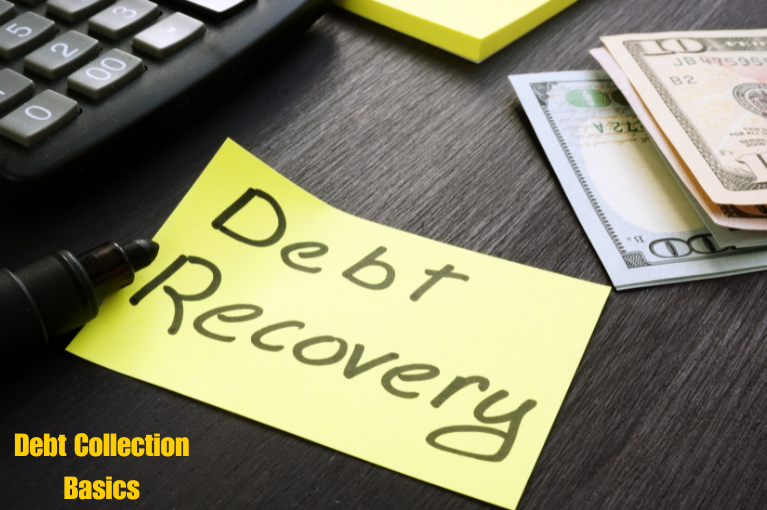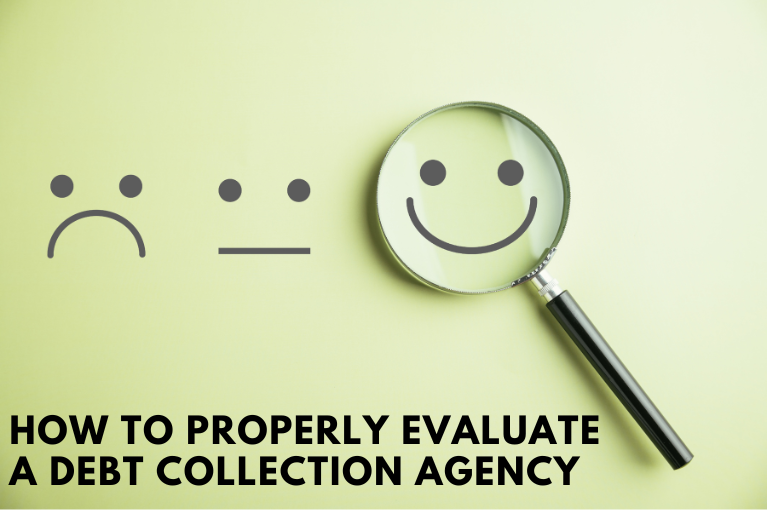Remember that old phrase about not judging a book by its cover? Well, there is an excellent chance that whoever said it first was talking about extending credit to one of their customers.
While things like credit scores and debt-to-income ratios have helped tremendously with making credit decisions easier in recent years, it is still incredibly difficult to avoid letting someone’s outside appearance factor into the process.
If you are someone who is tasked with making the call on creditworthiness for your company, you are likely going to struggle with a wide range of biases without even realizing it. In order to help with that, we have put together a list of four key appearance issues to be aware of so that you can avoid the risks that come with making bad credit decisions.
Clothing and Accessories
The most common way that we allow someone’s outside appearance to impact our judgment on their creditworthiness is their personal appearance, which is largely a factor of their clothing and accessories.
It is easy to assume that someone wearing an expensive suit and a fancy watch will be more likely to pay back a loan than a customer wearing jeans and a Timex, but that is definitely not the case in all situations.
Many wealthy people choose to dress casually simply because they can, and it is just as common for someone to max out a credit card to purchase clothing that makes them appear wealthier than they actually are. With this in mind, we always want to avoid letting any personal appearances impact our decisions.
Homes & Vehicles
The type of vehicle that a customer drives is another easy way to make a mistaken judgment about their net worth, and the same can be true if you happen to see their home as well.
Just like we discussed with clothing and accessories, people who view houses and cars as a status symbol will often overextend themselves just to look wealthy. On the other hand, legendary investor Warren Buffet prides himself on living in a very modest home.
Cash on Hand
Those first two biases were the obvious ones that most people are aware of at this point, but one that is not as commonly known is the amount of cash that a customer carries on them.
While most people assume that a customer with a large amount of cash on hand probably has plenty more where that came from, this is not always the case. If we allow someone to skew our opinion of them based on the amount of cash they flash, there is a good chance we are setting ourselves up to make a bad decision.
Stature in the Community
The final way that we can get ourselves in trouble with a credit risk is by putting too much stock into a person’s stature in the community. Just because someone is an active participant in your local government does not make them creditworthy.
In each of these cases, we can find ourselves stepping over the line and allowing outside influences to alter our normally logical thinking. But by simply being aware of the potential risks, you are already going to be better at managing them, and will ultimately make better decisions with respect to the credit risks of your customers.






